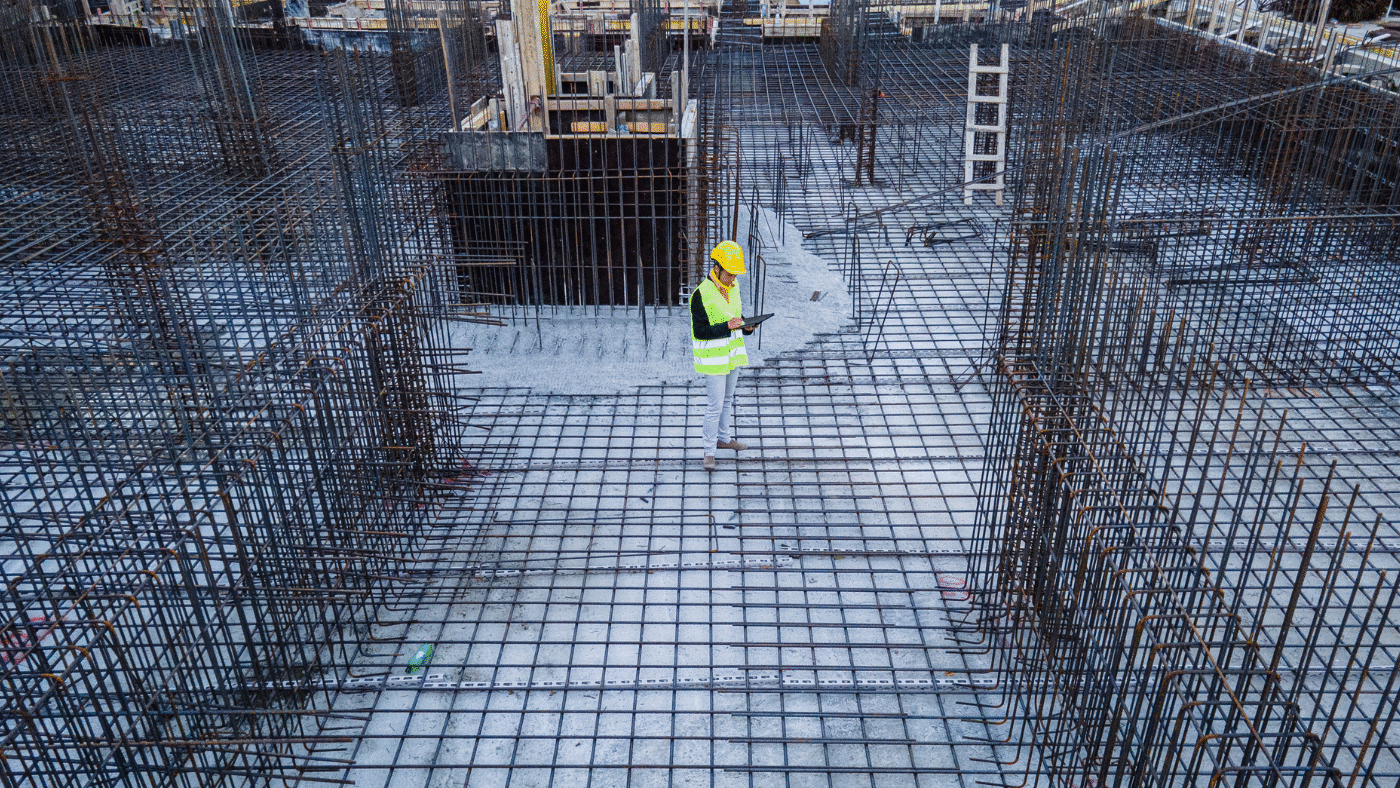Consultants who provide construction project monitoring act as the surety’s independent representative, overseeing the performance of a bonded contractor. The role assesses and mitigates the surety’s risk that an Obligee will submit a performance bond claim; primary goals include:
- evaluating the contractor’s ability to complete the project,
- early identification of potential defaults, delays or claims to mitigate risk exposure and
- keeping the surety informed of risks, status and any need for intervention.
In other words, the consultant/monitor acts as the surety’s eyes on the project.
It’s important to point out that project monitoring is not intended to undermine or replace the existing contractor, but rather to support the existing contractor and ensure project success. The monitoring consultant serves as a neutral party who adds value by identifying potential issues early, facilitating smoother communication among the parties and offering practical recommendations to keep the project on track. A project monitor can, in fact, assist the contractor by promoting transparency, resolving disputes before they escalate and engendering confidence with the project owner and surety. The goal is to create a collaborative environment where everyone works toward project success.
The Primary Responsibilities of a Monitoring Entity Include:
1. Contractor Performance Monitoring
2. Financial Oversight
- Review payment applications monthly, cost-to-complete projections and lien risks due to lack of payment.
- Identify any signs of financial complications, such as approval delays from the owner, delay of payment from the owner, delay in payments to subs, suppliers or vendors and delay of change order approvals.
3. Documentation Review and Stakeholder Liaison
- Evaluate RFIs, change orders, daily logs and schedule updates.
- Ensure documentation supports current progress and cost status.
- Attend project meetings as the surety’s representative and communicate with the Obligee and contractor as needed, without managing the project.
4. Dispute & Claim Prevention
- Spot early indicators of claims or conflicts.
- Advise the surety on ways to de-escalate or resolve issues.
5. Report to the Surety
- Provide regular, objective reports with photos, schedules and analysis, highlight concerns and recommend action, as necessary.
How Monitoring Entities Deliver Value
- Catching performance, schedule or financial issues early can prevent default or mitigate losses. This can be accomplished by conducting regular site visits, reviewing documentation and evaluating progress compared to the schedule with a critical eye.
- Real-time reporting means that sureties can rely on accurate, unbiased updates to make informed decisions. Detailed, structured reports with photos, schedule status, cost exposure and risk flags should be prepared weekly or as requested by the surety.
- Cross-referencing progress against contract documents and approved change orders ensures that the contractor is adhering to contract terms and the scope isn’t drifting.
- Assessing workmanship productivity, subcontractor management, material procurement and financial decisions helps sureties know that the contractor can finish the job.
- Identifying potential claims, e.g. delays, change orders, payment issues and offering solutions or mediation support, may prevent or resolve disputes early, saving time and money. As an outsider, these experts bring an out-of-box approach – looking not at what is visible, but rather what is missing from the picture.
- Acting as a bridge between the surety, the Obligee and the contractor, consultants attend meetings, represent surety interests and diplomatically keep all parties aligned.
- With engineering, construction and financial experience to interpret risks and advise accordingly, sureties benefit from someone who understands both construction and financial implications of performance.
- Ensuring nothing is overlooked at project closeout, which can lead to lingering liabilities; this work includes monitoring punch list work, warranties, as-builts and final payments/releases.
- Should a claim arise, consultants can review claim submittals for merit, contractual grounding, cost support and timeliness, helping the surety understand the validity and exposure of potential claims.
- Ensuring all parties stay within the contract bounds, limiting liability by interpreting contract clauses related to delays, change directives, notice provisions, etc.
- Preventing litigation by resolving issues through on-site mediation or alternate dispute resolution (ADR) guidance. Project monitoring consultants act as a neutral party to propose solutions, document agreements and keep work moving.
- Protecting the surety’s interests without undermining the contractor’s role through strategic guidance and soft oversight while maintaining contractual boundaries.
- Equipping the surety with expert opinions to support negotiations or decision points with insights into cost impact, delay responsibility and viable recovery paths.
Why Monitoring Matters
In summary, monitoring consultants provide the surety with critical oversight without disrupting the project. The role allows for early detection of risk, helps prevent costly defaults or disputes, and ensures the surety remains fully informed throughout the project lifecycle. By acting as an independent liaison, the monitoring consultant strengthens stakeholder communication, supports proactive claim mitigation, and ultimately protects the surety’s financial interests while increasing the likelihood of successful project completion.
For more information on the role of consultants in construction project monitoring, or ways to add value during monitoring phase, please contact Gisel Hernandez at ghernandez@vertexeng.com, or contact us today on our website to learn more.







